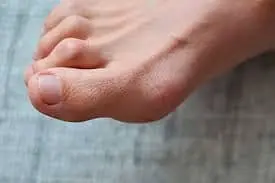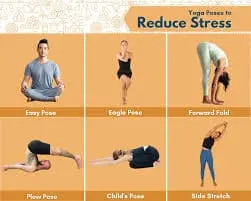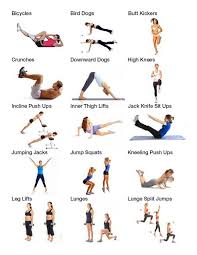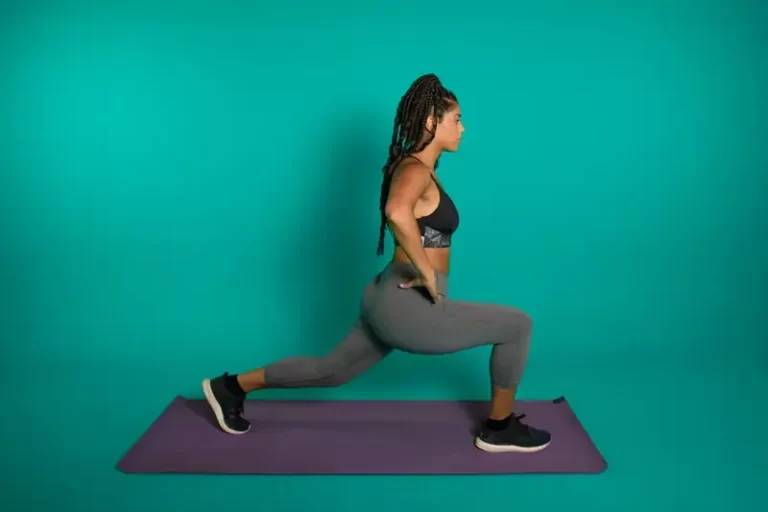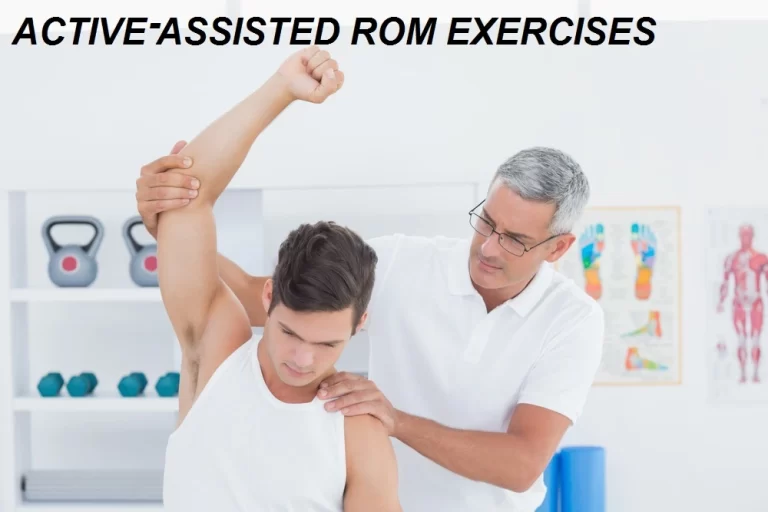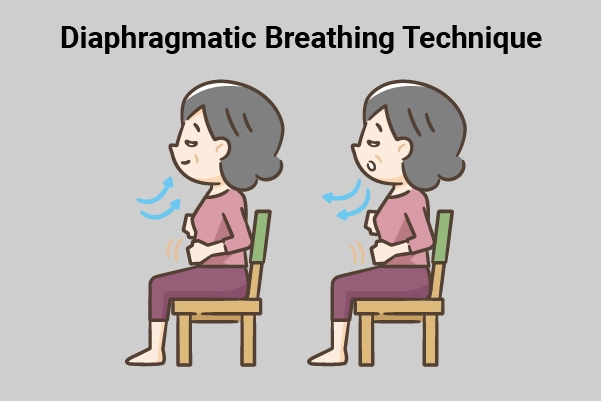16 Best Exercise for Claw Toe Deformity
Introduction:
Exercise for Claw Toe Deformity is an important part of your overall treatment approach, in addition to medical care and a brace.
Regular physical activity can help maintain the lightness, flexibility, and pain-free condition of muscles and tendons for as long as is practical. Joints are stiffer and more painful with time, and toe deformity gradually appears. Extending your toes not only feels fantastic, but it can also help you control and avoid foot issues in the future. They might aid in preventing problems. This post may contain workouts for improving your flexibility, foot strength, and stretching. These workouts help in increasing muscle flexibility and mobility.
When a bony growth occurs, the toes “claw,” pressing into the shoe bottoms and creating uncomfortable ulcers. Although they can happen at any age, those between the ages of 60 and 80 are most likely to get bunion pain.
Claw Toe Types:
Rigid Claw Toes
- Stiff claw toes are significantly more difficult than flexible toes because the toe joints become inflexible and cannot be extended or flexed correctly.
- Usually, it takes on a leg injury, like a fracture or trauma, which can harm the muscles and nerves of the troubled joint.
- In addition to having trouble selecting shoes and engaging in activities that involve prolonged standing or walking, people with this illness frequently feel severe walking pain.
Flexible Claw Toes
- This type of claw toe is caused by injury or gradual muscular degeneration in the legs.
- This condition can cause pain when wearing certain kinds of shoes or make it difficult for the person to walk, flex, or stretch their toes.
Congenital Claw Toes
- A disorder called congenital clubfoot develops at birth before an injury to the foot’s affected area occurs.
- Over time, genetic conjunctivitis may occasionally be resolved with certain workouts.
- In some situations, if the problem is severe enough or if walking or wearing shoes causes intense pain or suffering, surgery may be necessary.
Causes:
- A stroke
- Bunions
- Genetics
- Unsuitable footwear
- Diabetic nerve damage
- Spinal cord injuries
- Accidents or Traumas
- Arthritis, either osteoarthritis or rheumatoid
- Inflammation or trauma.
Signs and symptoms:
- Toe Pain
- Walking and balance difficulties due to the incorrect position of the toes
- Foot and toe pain when wearing shoes
- The toe joint is stiff
- Corns may develop above the toes or under the foot’s heels.
- Loss of strength in the forefoot muscles
- Swelling
Exercise for Claw Toe Deformity:
Toe raise, point, and curl
- Get started by standing on the floor.
- When you raise your heels, only your toes and heels should make contact with the floor, leaving your toes flat.
- Hold this position for a few seconds.
- Next, make sure your big and second toes are the only ones that touch the ground by pointing your toes.
- Hold it a five-second hold.
- Make sure the tips of your toes touch the ground and your heel remains above it by curling your toes beneath.
- Let it be a five-second hold.
- Then return to your neutral position.
- Then relax.
- Repeat this exercise five to ten times.
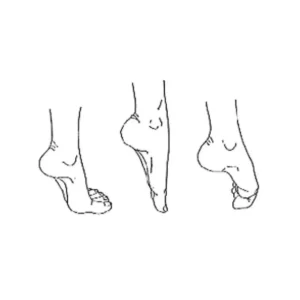
Banded toe raise
- Put a band around your big toe and fasten the other end under your other foot.
- Raise your big toe off the ground as high as you can.
- Hold this position for a few seconds.
- Then slowly drop it back.
- Then return to your neutral position.
- Then relax.
- Repeat this exercise five to ten times.
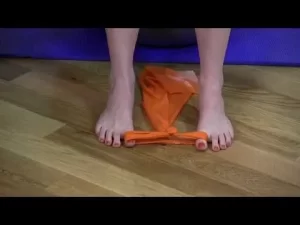
Figure eight rotation
- First, get into a relaxing place on the ground.
- Just move your big toe like an eight instead of a circle, and you’ll complete the task.
- It improves the big toe muscles’ flexibility in motion and movement.
- Then return to your neutral position.
- Then relax.
- Repeat this exercise five to ten times.
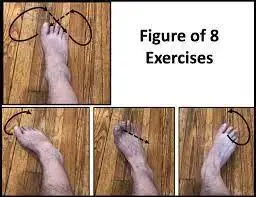
Toe pull
- first sits down on a bed.
- Extending your leg in front of you.
- As an exercise tool, you can utilize resistance bands.
- Your toes should be moved as close to your body as you can.
- Hold this position for a few seconds.
- Then return to your neutral position.
- Then relax.
- Repeat this exercise five to ten times.
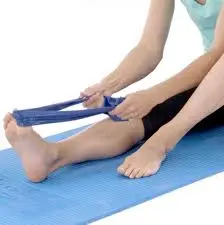
Toe extension
- Getting comfortable in the chair is the first step.
- After picking it up, place one foot on your opposing thigh.
- Grasp your toes with one hand and extend them toward your ankle after feeling a stretch in the heel cord and along the sole of your foot.
- Hold this position for a few seconds.
- Then return to your neutral position.
- Then relax.
- Repeat this exercise five to ten times.
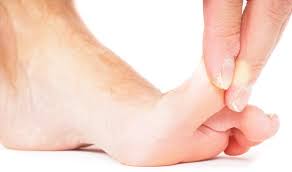
Marble pickup
- You will need a bowl and ten to twenty marbles for this exercise.
- The container and marbles should be on the floor.
- Using your toes, raise each marble into a basin.
- Keep your toe gripping the marble tightly.
- Then return to your neutral position.
- Then relax.
- Repeat this exercise five to ten times.
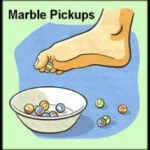
Tip toe walking
- Using this effective technique, you may strengthen the muscles and ligaments in your toes, ankles, and feet.
- It strengthens stability as well.
- Five to ten rounds of toe walking can be easily finished in one session.
- Walking on tiptoe helps to improve the ankle joint‘s balancing muscles.
- Then return to your neutral position.
- Then relax.
- Repeat this exercise five to ten times.

Toe raise
- Stand upright and set your feet shoulder-width spread.
- With your front foot and toes raised off the ground, stand up straight on your heels.
- The sole areas of your body that make contact with the ground should be your heels.
- Hold this position for a few seconds.
- Next, bring your feet to the floor.
- Then return to your neutral position.
- Then relax.
- Repeat this exercise five to ten times.
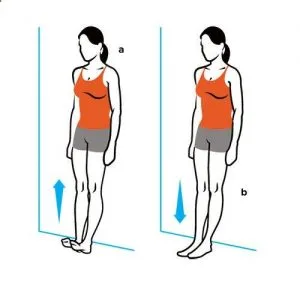
Big toe stretch
- In a chair, sit up straight with your toes on the floor.
- The left foot should be placed on the right leg.
- Your fingers can be used to gently extend the big toe up, down, and sideways.
- Hold this position for a few seconds.
- Then return to your neutral position.
- Then relax.
- Repeat this exercise five to ten times.

Alphabet write exercise
- Look for a comfortable place for you to stand or sit.
- Sitting, use just your ankle for drawing the letters in the air with your big toe.
- Use lengthy, lowering movements.
- Then return to your neutral position.
- Then relax.
- Repeat this exercise five to ten times.

Toe Crawling
- When you start the foot crawl, you should be kneeling with both feet on the ground.
- Use your toes to exert pressure while trying to maintain your grip on the ground.
- Now, extend all of your toes forward as though you were crawling.
- Continue doing this until both feet feel comfortable, but be careful not to use your leg muscles to drive your feet forward; instead, use your toes to “crawl.”
- Then return to your neutral position.
- Then relax.
- Repeat this exercise five to ten times.
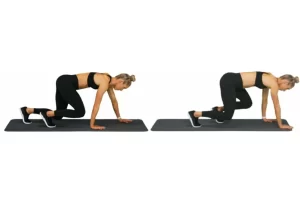
Foot-screw
- Starting with taking a seating position.
- To maintain the heel’s stability, use your hand.
- Now, at the maximum of your calf, use your right hand to pull the leg a foot apart.
- Swing your foot forward slightly and come down as you get to the internal of resistance of your foot.
- Then return to your neutral position.
- Then relax.
- Repeat this exercise five to ten times.

Foot roll massage
- First, settle into a sitting position on the table or chair.
- The ideal situation would be to place a tennis ball close to your feet.
- By exerting as much force as you can manage with one foot, you can move the ball in various directions.
- The heel’s action involves exerting pressure on the foot.
- Continue the ball going after another two or three minutes.
- Then return to your neutral position.
- Then relax.
- Repeat this exercise five to ten times.
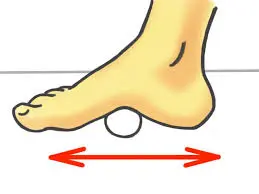
Toe splay
- On the floor, assume a standing stance.
- Toes spread to the maximum comfortable level.
- Hold this position for a few seconds.
- Then return to your neutral position.
- Then relax.
- Repeat this exercise five to ten times.
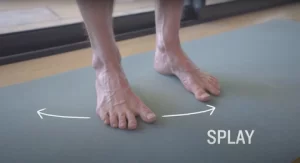
Towel curl
- Ensure that you sit straight while maintaining your feet flat on the floor.
- Arrange a towel on the floor with the shorter side at your feet.
- Use one foot’s toes to try to pull the towel toward you.
- Hold this position for a few seconds.
- Put your foot at relax.
- Then return to your neutral position.
- Then relax.
- Repeat this exercise five to ten times.
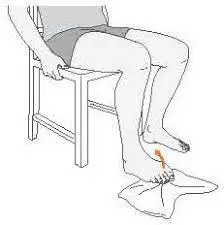
Sand walking
- Visit a beach, a desert, a volleyball court, or any other location containing sand.
- Remove your shoes and socks.
- Walk as much as you can.
- Consider progressively lengthening your walks to prevent overstressing your calves and feet.
- Then relax.
- Repeat this exercise five to ten times.
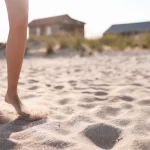
What safety measures should be taken when exercising?
- When exercising, maintain your posture.
- Stretches should be performed under the protocol before and after sets, as well as for the recommended number of repetitions for each exercise.
- When exercising, find yourself and maintain your focus to prevent falling.
- Try not to use force or rapid movements when working out.
- Avoid attempting difficult physical activity.
- Exercise should be stopped as soon as the pain gets severe.
- You may improve your range of motion and encourage relaxation by working out in loose, comfortable clothing. Stay away from anything that is extremely tight or stylish.
- Bending and stretching gently is important.
- Keep hydrated
When are you going to stop working out?
- Fever
- Headache
- Exercise should be stopped if it hurts.
- Severe burning in the muscles.
- You don’t feel good.
- If numbness or pain are present.
- Blurred vision
Prevention:
Your physicians or physical therapists might advise the following suggestions;
- Put on shoes that fit properly
Select footwear with a deep, flexible toe that fits the foot and toes correctly. For people with bunions, the best shoes have robust arch support and short heels.
- Do some toe exercises
Toe-pick up little objects by extending your toes. Carried out specific toe exercises, including rotation, curling, flexion, and extension. Extending your toes while using a resistance band.
- Make use of orthotics or specific equipment
Put arch supports or heel pads in your shoes to prevent the line between the foot’s bones and the toe joints from changing too much, so that the toe’s curvature is reduced and you have more support when walking and standing. Make adjustments to the shoelaces or straps to avoid uncomfortable pressure points at the top of the toes.
- Maintain proper foot hygiene
Keeping dry feet at all times requires frequent washing and inspection.
Summary:
Your toe develops a claw toe when its last two joints grow rigid and bend like a claw. Commonly referred to as hammertoes or mallet toes, claw toes can be inherited, the result of poorly fitting footwear, muscular imbalances, or a sign of a neurological disorder. They may hurt and make running or walking challenging.
Taking care of your feet can be achieved by wearing shoes that fit properly and by using a splint from the beginning of the ailment. Splints help you keep proper anatomical posture, which is important for this illness. Recognize that as soon as you see symptoms of claw toe, treatment needs to start.
You might need surgery if you wait until they grow rigid. It is recommended to start exercising early in order to maintain toe mobility, build toe flexibility, and strengthen the foot muscles.
FAQ:
Which muscles are responsible for the claw toe’s malformation?
The flexor digitorum first contacts and overwhelms the other toe muscles, dragging the middle toe down and twisting the proximal and middle toe joints upward.
Is balance affected by claw toes?
In addition to being strange-looking, toes can hurt and be hard to move. Infections on your skin or calluses where your lowered elevated toes touch against your shoes are other possible conditions. You might find it hard to find shoes that fit properly. A serious injury to your toes could make it difficult for you to balance.
How are abnormalities of the toe claw fixed?
When trying to treat claw toes, non-surgical methods should be explored first. Shoes that are excessively high or too tight are not as good as those with soft, broad toe boxes. You can put your toes and toe joints back in their natural places with your hands. Toe exercises include picking up marbles or smashing a towel that is located level on the floor.
How can claw toes be naturally straightened?
Shoe inserts, such as arch supports or padding, can be used to support the toe. Exercise helps to strengthen and expand the toe muscles. Apply a splint or tape to keep your toes in the proper places. Don’t wear high heels.
Does claw toe result from nerve injury?
Claw toes may be the result of nerve problems in the legs, arthritic symptoms, or problems with the spinal cord. It is often unclear what caused it. Claw toes are mostly harmless by themselves. In rare cases, they could be a sign of a more serious brain disorder.
Is hammer toe helped by yoga?
Along with offering relief from specific foot aches like plantar fasciitis, arch pain, and heel pain, strengthening and extending the toes can help avoid the development of foot problems that frequently arise with aging, such as bunions and hammertoes.
When do people start having claw toes?
The majority of claw toe instances occur in people between the ages of 60 and 80, while it can affect anyone at any age.
References:
- In 2023, Prajapati, D. August 15. The Best 23 Exercises for Claw Toe Deformities by Samarpan Physio. Clinic for Samarpan Physiotherapy. For the best exercise to treat claw-toe deformity, visit https://samarpanphysioclinic.com/23
- Claw Toes. 2024, August 16. Cleveland Clinics. https://my.clevelandclinic.org/health/diseases/16875-claw-toes
- February 20, 2024; Sauer, J.A Complete Guide to Effective Exercises to Treat Claw Toes. Exercises for the claw-toes: https://cadense.com/blogs/cadense-cares? srsltid=AfmBOopjh_96zsOEPa6e-6TRuO7Bx6nchWMnFlpIOnJDihldFYW8UZiO Claw-toes exercises
- December 13, 2023c, Bariya, D. Mobile Physio’s Recommended 22 Foot Exercises for Bunions. A mobile physiotherapy clinic. The top 22 foot exercises for bunions are as follows: This URL is https://mobilephysiotherapyclinic.in.
- Image 11, What Are The Advantages Of Adult Crawling Exercises? (No date). Sweat. Crawling exercises for adults: https://sweat.com/blogs/fitness
- Image 12, On July 20, 2023, Prajapati, D. Physio Samarpan: The Top 18 Exercises for Hallux Valgus. Physiotherapy Clinic in Samarpan. The best exercise for Hallux valgus is found at https://samarpanphysioclinic.com/18.

